Top Tips for Using Energy-Saving LED Lights
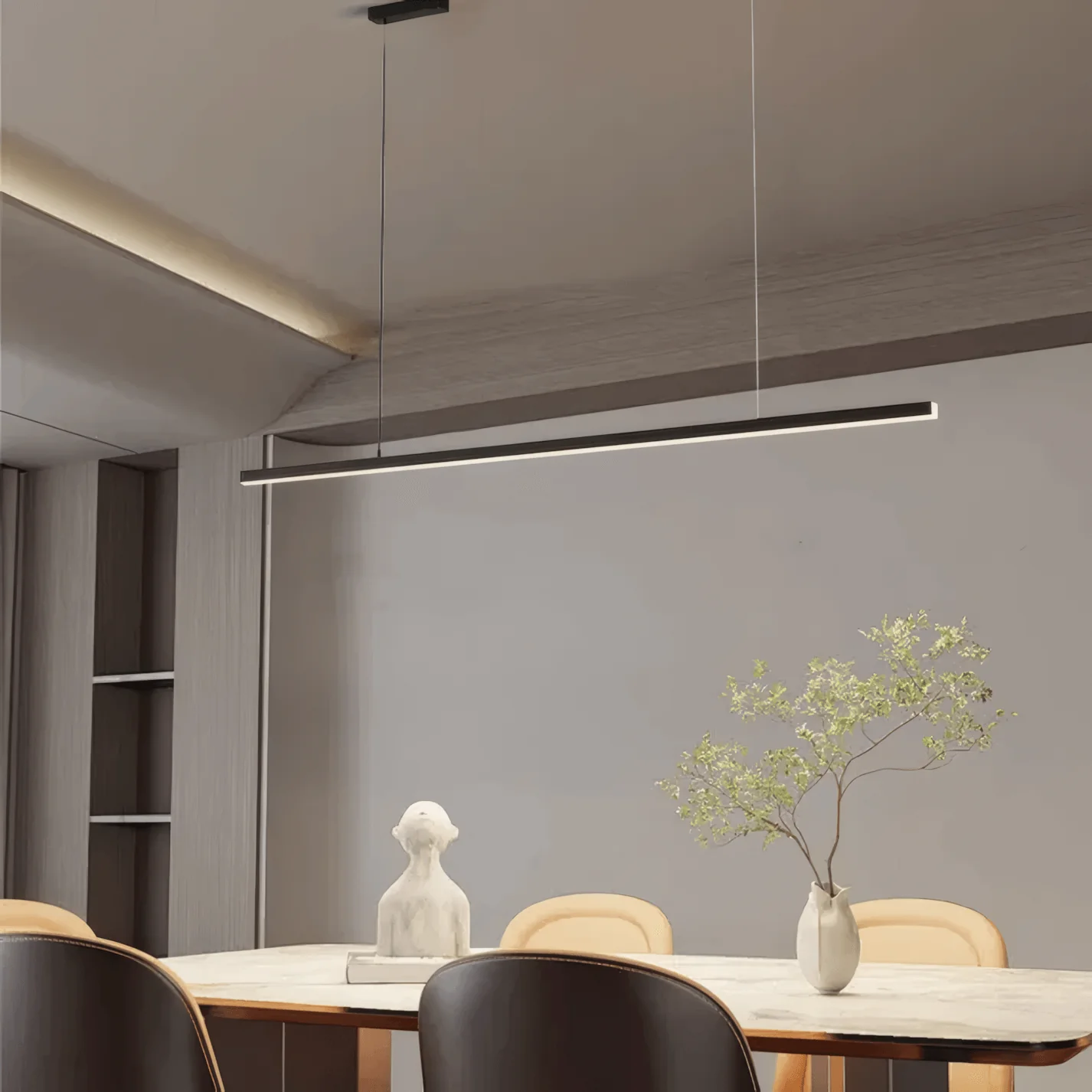
Switching to energy-saving LED lights offers significant benefits for both your wallet and the environment. These lights consume far less electricity than traditional incandescent bulbs, helping you lower your energy bills. For instance, residential LEDs use at least 75% less energy and last up to 25 times longer than incandescent lighting. This means fewer replacements and reduced waste. By adopting LED bulbs, households and businesses can also contribute to global efforts in reducing CO2 emissions. In fact, this transition could save 553 million tonnes of CO2 annually, equivalent to the carbon absorption of 25 billion trees. LED lighting isn't just about energy efficiency; it’s a smart choice for a sustainable future.
Key Takeaways
Using LED lights can cut energy bills by 75%. They are a smart choice for homes and businesses.
LED bulbs last 25 times longer than old-style bulbs. This means fewer replacements and less hassle.
Add dimmers or motion sensors to save more energy. These also make your lighting setup easier to use.
LEDs are better for the environment. They lower greenhouse gases and have no harmful mercury.
Check out different LED styles to match your space. They can be both stylish and energy-saving.
Why Energy-Saving LED Lights Are a Smart Choice
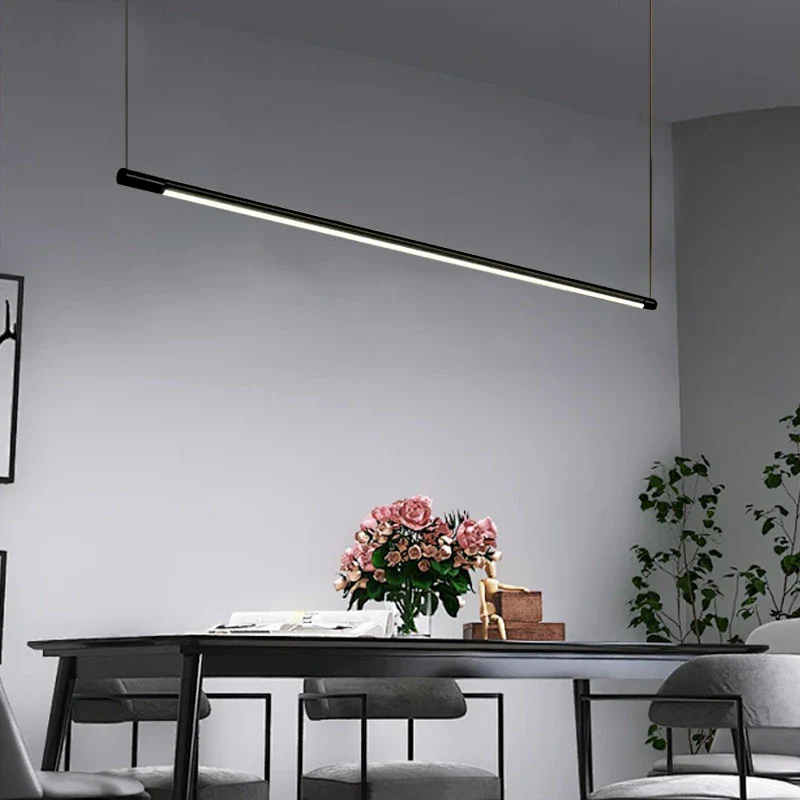
Energy efficiency and reduced electricity bills
Energy-saving LED lights are a game-changer when it comes to energy efficiency. They consume significantly less electricity compared to traditional incandescent bulbs. In fact:
LED bulbs use 75% to 80% less energy than incandescent bulbs.
Some LED lights can save up to 90% more energy.
This lower power consumption translates directly into reduced electricity bills. Lighting accounts for around 15% of a typical household's energy use. By switching to LED bulbs, you could save approximately $225 annually on your electricity costs. These savings make LED technology an excellent choice for both homes and businesses looking to cut expenses.
Longer lifespan of LED bulbs
One of the standout features of LED bulbs is their impressive lifespan. They last up to 25 times longer than incandescent bulbs, reducing the need for frequent replacements. This durability not only saves you money but also minimises the hassle of changing bulbs regularly. Research has shown that traditional sodium lamps require replacement 20 times more often than LED street lamps. This makes LEDs a cost-effective and reliable option for long-term use. Their longevity, combined with their energy efficiency, makes them a top choice among energy-efficient alternatives.

Environmental benefits of LED lighting
LED lighting offers significant environmental advantages. By consuming less energy, LED bulbs reduce the demand for electricity, which in turn lowers greenhouse gas emissions. This helps combat climate change and supports global sustainability efforts. Additionally, their long lifespan means fewer bulbs end up in landfills, reducing waste. Unlike traditional bulbs, LEDs do not contain harmful substances like mercury, making them safer for the environment. Choosing energy-efficient lighting like LEDs is a simple yet impactful way to reduce your carbon footprint and contribute to a greener planet.
Versatility and design options
LED lights offer unmatched versatility, making them suitable for almost any space or purpose. Whether you want to create a cosy atmosphere at home or enhance the professional look of your office, LEDs provide a wide range of design options to meet your needs.
Customisable shapes and sizes
LED bulbs come in various shapes, sizes, and fittings, allowing you to choose the perfect option for your fixtures. From classic bulb shapes to sleek, modern designs, there’s an LED for every style. For example:
Standard bulbs: Ideal for general lighting in living rooms or bedrooms.
Spotlights: Perfect for highlighting artwork or specific areas in your home.
Strip lights: Great for under-cabinet lighting in kitchens or creating ambient lighting in entertainment spaces.
Tip: When selecting LED bulbs, check the fitting type to ensure compatibility with your existing fixtures.
Wide range of colours and brightness levels
LEDs give you the freedom to experiment with different colours and brightness levels. You can choose warm white for a relaxing vibe or cool white for a more energised feel. Many LEDs also offer colour-changing features, allowing you to switch between hues to suit your mood or occasion.
Colour Temperature |
Description |
Best For |
|---|---|---|
Warm White (2700K) |
Soft, yellowish light |
Bedrooms, living rooms |
Cool White (4000K) |
Bright, neutral light |
Kitchens, bathrooms |
Daylight (5000K+) |
Crisp, bluish-white light |
Offices, study areas |
Creative lighting solutions
LED technology enables you to explore creative lighting solutions that were not possible with traditional bulbs. For instance:
Smart LEDs: Control your lights remotely using a smartphone app or voice commands.
Dimmable LEDs: Adjust the brightness to create the perfect ambience.
Outdoor LEDs: Use weather-resistant options for garden paths, patios, or security lighting.
Note: Smart LEDs often integrate with home automation systems, making them a convenient choice for tech-savvy users.
Energy-efficient decorative lighting
LEDs are not just functional; they also excel in decorative applications. Use them to add a touch of elegance to your home or business. LED fairy lights, chandeliers, and pendant lights combine style with energy efficiency, ensuring you don’t compromise on aesthetics while saving on energy costs.
By choosing LED lights, you gain access to a world of design possibilities. Their adaptability and innovative features make them a practical and stylish choice for any setting. Whether you’re upgrading your home or enhancing your workspace, LEDs provide the perfect balance of functionality and creativity.
Practical Tips for Maximising Energy Efficiency with LED Bulbs
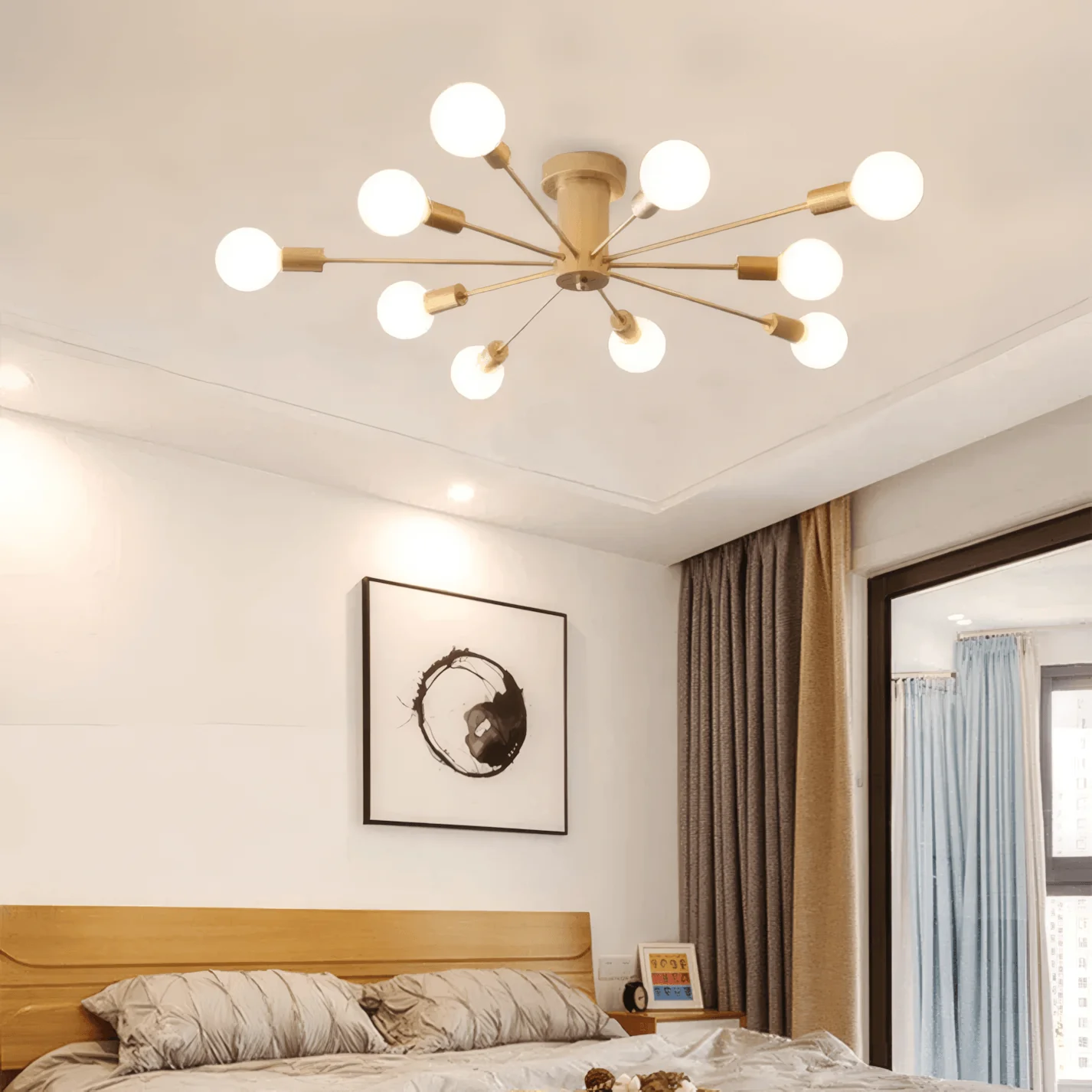
Choosing the right LED bulb for your space
Selecting the correct LED bulb for your space ensures optimal lighting and energy efficiency. Different rooms have unique lighting needs, and understanding these requirements helps you make informed decisions. For instance, overhead lighting in kitchens or living rooms benefits from dimmable LEDs, which allow you to adjust brightness levels to suit various activities. In bedrooms, combining ceiling fixtures with bedside lamps creates a comfortable and relaxing atmosphere. Bathrooms, on the other hand, require overhead dimmable lights and additional illumination around mirrors for grooming tasks.
Room Type |
|
|---|---|
Overhead |
Use dimmable LEDs for recessed lighting to avoid glare and provide directional task lighting. |
Family Room |
Combine ceiling fans with lights, varied lamp heights, and track lighting to create an intimate atmosphere. |
Bedrooms |
Opt for ceiling fixtures and bedside lamps with dimmers to control light levels comfortably. |
Bathrooms |
Ensure overhead dimmable lights and additional lighting around mirrors for grooming tasks. |
When choosing LED bulbs, consider the size of the room and the type of activity performed there. For example, a large living room may require multiple LED fixtures to provide even illumination, while a small study might only need a single desk lamp with a focused beam. By tailoring your choices to the specific needs of each space, you can maximise the benefits of LED technology.
Understanding lumens and colour temperature
Understanding lumens and colour temperature is essential when selecting LED bulbs. Lumens measure the brightness of a light source, while colour temperature, measured in Kelvin (K), determines the hue and tone of the light. Warm lighting (2700K to 3000K) creates a cosy and inviting atmosphere, making it ideal for living rooms and bedrooms. Cool lighting (4000K to 6500K) enhances focus and productivity, making it suitable for offices and study areas.
Higher lumens indicate brighter light, which is useful for spaces requiring strong illumination, such as kitchens or bathrooms. Additionally, luminous efficacy, expressed in lumens per watt (lm/W), measures how efficiently an LED converts electrical power into visible light. LEDs outperform traditional bulbs significantly in this regard, offering better energy efficiency and cost savings.
Tip: When replacing traditional bulbs with LEDs, check the lumens rather than the wattage to ensure you achieve the desired brightness level.
By understanding these technical aspects, you can choose LED bulbs that not only meet your lighting needs but also enhance energy efficiency.
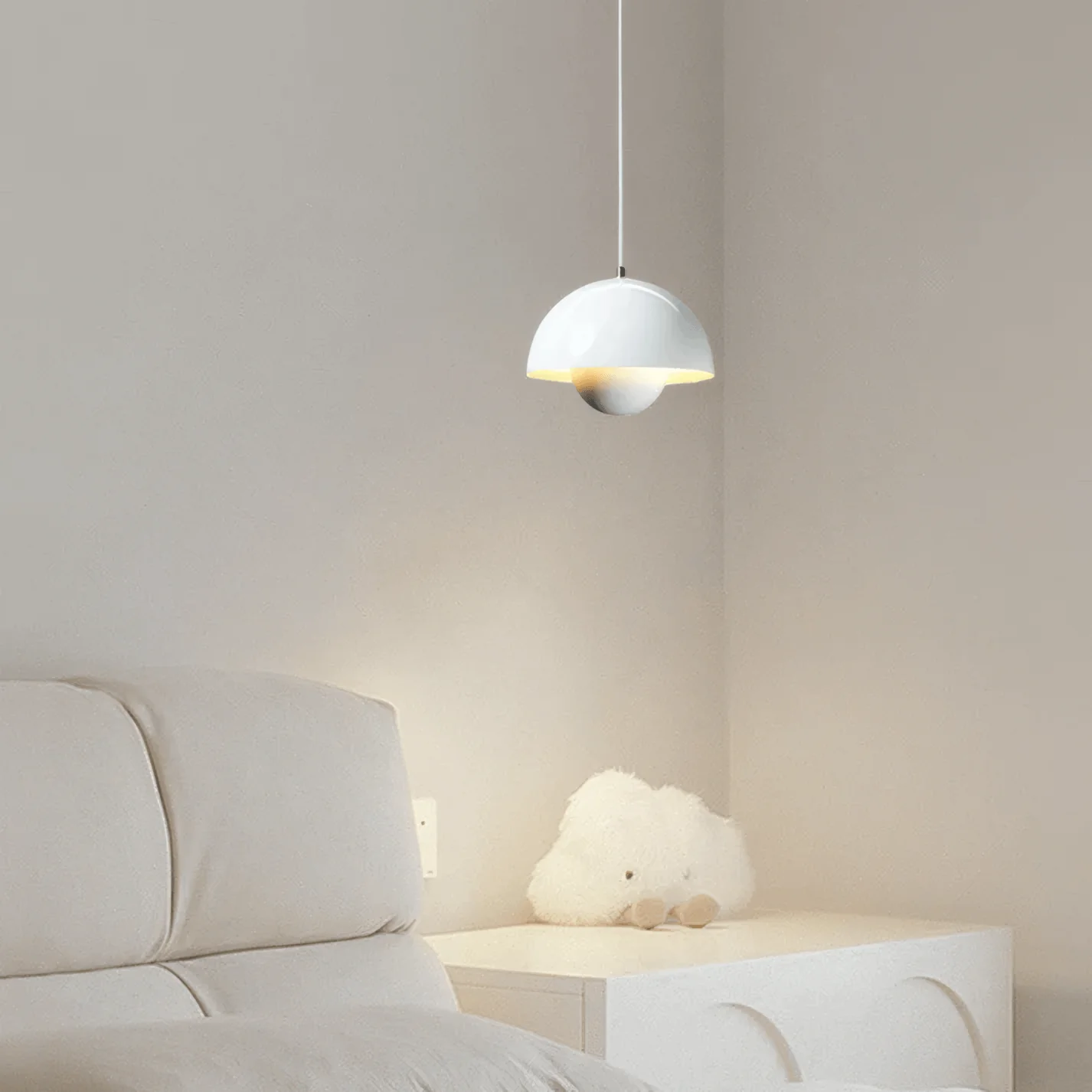
LMPLX'S LED Ligths
Sign up to get 18% off your first purchase
Using dimmers and adjustable brightness
Dimmers and adjustable brightness features allow you to customise lighting levels, improving both comfort and energy efficiency. By reducing the light output to less than maximum, dimmers help lower energy consumption. For example, manual dimming can save up to 15% on energy costs, while high-end trim settings offer similar savings by reducing wattage based on preset configurations.
Lighting Strategy |
Average Energy Savings |
Description |
|---|---|---|
Manual Dimming |
15% |
Adjusts light output to less than maximum, often included in savings assumptions. |
High-End Trim |
15% |
Similar to manual dimming, it reduces wattage based on preset configurations. |
Field-Adjustable Light Output (FALO) |
Varies (up to 68%) |
Can be set to lower outputs, but often assumed to operate at maximum wattage for savings claims. |
Smart LED technology takes this a step further by allowing you to control brightness remotely through smartphone apps or voice commands. This feature is particularly useful for creating the perfect ambience for different occasions. For instance, you can dim the lights for a movie night or brighten them for a family gathering, all while saving energy.
Note: Ensure that your dimmer switches are compatible with LED bulbs to avoid flickering or reduced performance.
Incorporating dimmers and adjustable brightness into your lighting setup not only enhances the functionality of your space but also contributes to significant energy savings over time.
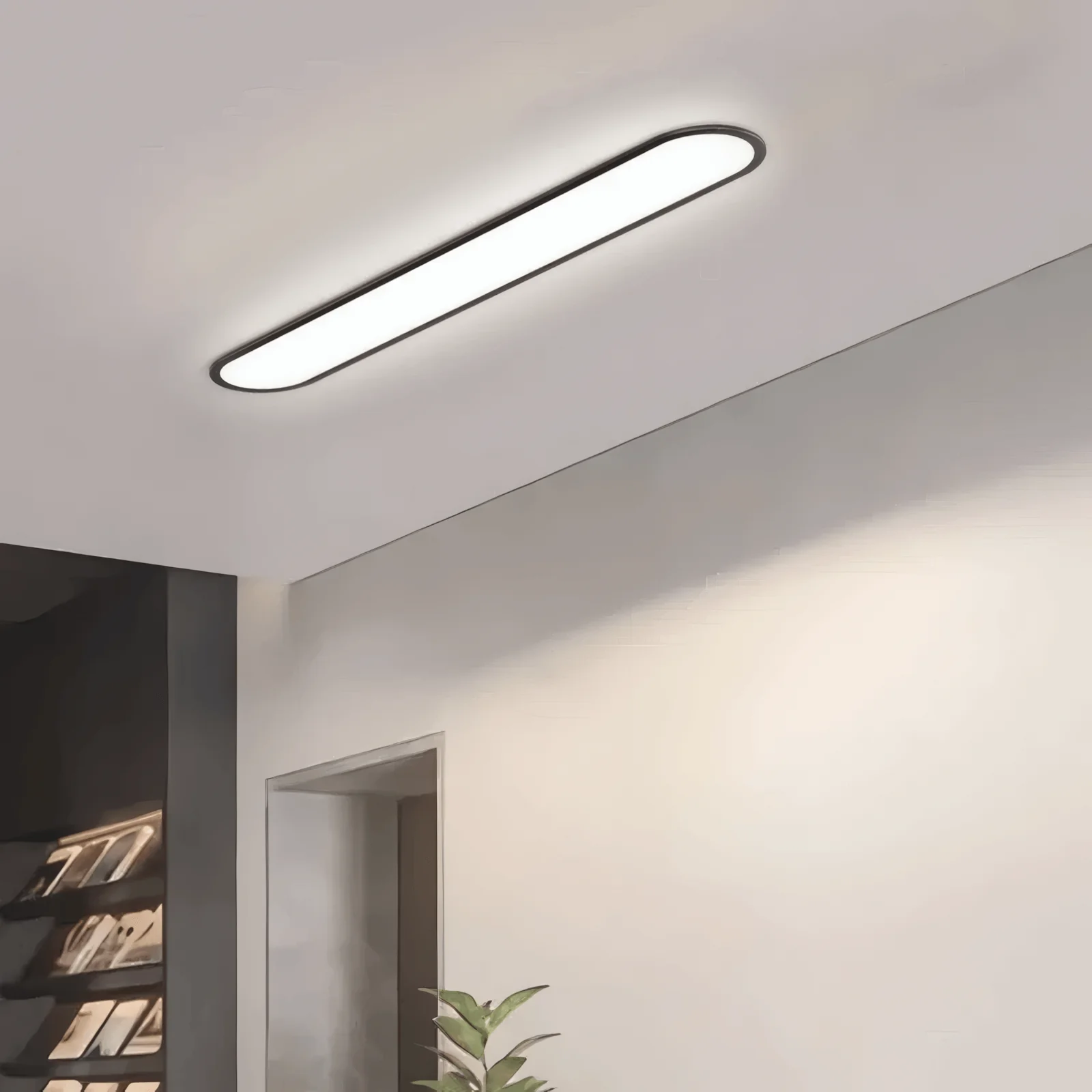
LED |
40/60/80CM |
Minimalist |
Cool Light |
Three Colour change controlled by switch |
Dimmable |
White |
Back |
IP20 |
Installing timers and motion sensors
Installing timers and motion sensors with your LED lighting system can significantly enhance energy efficiency. These devices ensure that lights are only used when needed, reducing unnecessary energy consumption. By automating your lighting, you can save money and reduce your environmental impact without compromising convenience.
Timers allow you to schedule when your lights turn on and off. For example, you can set outdoor LED fixtures to illuminate your garden or driveway during the evening and automatically switch off at sunrise. This not only saves energy but also ensures your property remains well-lit for safety during the night. Motion sensors, on the other hand, activate lights only when movement is detected. They are particularly useful in areas like stairwells, hallways, or outdoor spaces where lighting is not required continuously.
A study found that using motion sensors in stairwells can reduce electricity consumption by up to 97.92%.
Combining an astronomical relay with LED lamps can lower ownership costs by as much as 50.05%.
Research also shows that motion sensors lead to significant energy savings across all lighting systems, with reductions ranging from 93.98% for LED to 95.27% for CFL.
Tip: When installing motion sensors, adjust the sensitivity settings to avoid unnecessary activations caused by pets or other minor movements. This ensures optimal energy savings.
By integrating timers and motion sensors into your LED lighting setup, you can enjoy a smarter, more efficient lighting system that saves energy and reduces costs.

White Light |
Warm Light |
Dimmable |
RGB |
Steady/Motiom Sensor |
Waterproof |
Exploring smart and colour-changing LED features
Smart and colour-changing LED bulbs take energy efficiency and convenience to the next level. These advanced lighting solutions allow you to control your lights remotely, customise colours, and adjust brightness levels, all through a smartphone app or voice commands. This level of control ensures that energy is used efficiently, as you can turn off lights or dim them even when you’re not at home.
Smart bulbs consume 80-90% less power than traditional incandescent bulbs. They also offer features like dimming and colour control, which further reduce energy consumption. For instance, the Lumary Smart Wall Sconce Light combines traditional lighting with smart technology, providing bright illumination while significantly lowering power usage. Its timer functions ensure lights are only on when needed, while app management and voice commands make it easy to adjust brightness and colours.
Colour-changing LEDs add a creative touch to your lighting setup. You can switch between warm tones for a cosy atmosphere and cool tones for a more energised environment. These bulbs are perfect for setting the mood during special occasions or simply adding a splash of colour to your space. Many smart LEDs also integrate with home automation systems, allowing you to sync your lighting with other smart devices for a seamless experience.
Note: When exploring smart LED options, ensure compatibility with your existing home automation system to maximise functionality.
Smart and colour-changing LED features not only enhance the aesthetics of your space but also contribute to energy savings. By embracing this innovative LED technology, you can create a lighting system that is both stylish and sustainable.
Saving Money with LED Bulbs: How to Calculate Your Savings
Comparing energy consumption of LED bulbs and traditional lighting
LED bulbs consume significantly less energy than traditional lights, making them a cost-effective choice for households and businesses. For example, an LED bulb uses just 8.5 watts of power compared to 60 watts for an incandescent bulb. Over 25,000 hours of use, this translates to 212.5 kWh of energy for LEDs versus 1,500 kWh for incandescent bulbs. The difference in electricity costs is striking—£21.25 for LEDs compared to £150 for traditional lights. This substantial reduction in energy usage highlights the potential for significant energy savings when switching to LEDs.
LEDs also convert 80-90% of their energy into light, whereas incandescent bulbs waste most of their energy as heat. This efficiency not only lowers electricity bills but also reduces the environmental impact of lighting.
Estimating cost savings on electricity bills
Switching to LED bulbs can lead to noticeable savings on your electricity bills. Lighting accounts for a significant portion of household energy use, and LEDs can reduce this by up to 85%. To estimate your savings, consider the following steps:
Calculate the total energy consumption of your current lighting system.
Compare it with the energy consumption of LED alternatives.
Multiply the difference by your electricity rate to determine your annual savings.
For example, replacing ten 60-watt incandescent bulbs with 8.5-watt LEDs could save you over £128 annually, assuming an electricity rate of £0.10 per kWh. These savings quickly add up, making LEDs a smart investment for reducing energy costs.
Considering the long-term value of LED bulbs
The long-term value of LED bulbs extends beyond immediate energy savings. Their longer lifespan reduces the need for frequent replacements, lowering maintenance costs. LEDs can last up to 25 times longer than traditional bulbs, spreading the initial investment over many years. Additionally, many regions offer incentives or rebates for energy-efficient lighting, further offsetting the upfront costs.
To evaluate the financial benefits, you can calculate the return on investment (ROI) using this formula:ROI = [(Total Savings - Initial Cost) / Initial Cost] × 100
For example, if your total savings over the lifespan of an LED system amount to £200 and the initial cost was £50, the ROI would be 300%. This demonstrates the economic viability of LEDs as a long-term lighting solution.
By considering energy savings, reduced maintenance, and incentives, you can see how LED bulbs provide excellent value over time. Their efficiency and durability make them a wise choice for anyone looking to save money while reducing their environmental footprint.
Using tools to calculate energy and cost savings
Calculating the energy and cost savings of LED lighting can help you make informed decisions about your investment. Several tools and software options are available to simplify this process. These tools allow you to estimate potential savings, evaluate payback periods, and even design energy-efficient lighting layouts.
One of the most useful tools is the Outdoor LED Tool Kit, which helps you assess installation, energy, and maintenance costs for LED lighting. It provides detailed insights into how LEDs can reduce expenses over time. Another valuable resource is the Energy Efficiency Tool Kit, which includes calculators, lighting design recommendations, and tips for conducting energy audits. This tool is ideal for creating a comprehensive energy-saving plan.
If you are considering tax benefits or payback analysis for new or retrofit construction, the EPACT Calculator is an excellent choice. It estimates financial incentives and helps you understand the long-term value of your LED investment. For those who prefer a mobile solution, Light ARchitect offers a user-friendly app for designing lighting layouts quickly and efficiently.
Here’s a summary of these tools:
Tool Name |
Description |
|
|---|---|---|
Outdoor LED Tool Kit |
Provides tools for informed decisions on LED sources to save on installation, energy, and maintenance costs. |
|
Energy Efficiency Tool Kit |
Includes calculators, lighting design recommendations, and audit tips for energy-efficient systems. |
|
EPACT Calculator |
Estimates tax benefits and offers payback analysis for new and retrofit construction. |
|
Light ARchitect |
A mobile app for creating lighting layouts quickly and easily. |
Tip: Use these tools to compare your current lighting system with LED alternatives. This will help you identify areas where you can save energy and reduce costs effectively.
By leveraging these resources, you can maximise the benefits of LED lighting while ensuring your investment aligns with your energy-saving goals.
Energy-saving LED lights offer numerous advantages that make them a superior choice over traditional lights. They convert up to 95% of energy into light, reducing waste and lowering electricity bills. Their longer lifespan minimises replacements, cutting costs and reducing landfill waste. LEDs also lack harmful chemicals like mercury, making them safer for the environment. Consumer surveys show that switching to LEDs can reduce energy consumption by 75%, highlighting their role in sustainability. By replacing traditional lights with LEDs, you can save money, reduce your carbon footprint, and contribute to a greener future.
FAQ
What makes LED bulbs more energy-efficient than traditional bulbs?
LED bulbs convert up to 95% of energy into light, while incandescent bulbs waste most energy as heat. This efficiency reduces electricity consumption and lowers your bills. LEDs also last longer, saving you money on replacements.
Can LED bulbs work with dimmer switches?
Yes, but not all LED bulbs are compatible with dimmers. Look for bulbs labelled "dimmable" and ensure your dimmer switch supports LED technology. Using incompatible dimmers may cause flickering or reduced performance.
How do I choose the right colour temperature for my space?
Colour temperature affects the mood of a room. Warm white (2700K) creates a cosy atmosphere, ideal for bedrooms. Cool white (4000K) suits kitchens and bathrooms. Daylight (5000K+) enhances focus, making it perfect for offices or study areas.
Are smart LED bulbs worth the investment?
Smart LEDs offer convenience and energy savings. You can control them remotely, adjust brightness, and customise colours. They consume less power and integrate with home automation systems, making them a practical choice for modern living.
Do LED bulbs contain harmful chemicals?
No, LED bulbs are free from hazardous substances like mercury, which is found in some traditional bulbs. This makes LEDs safer for both you and the environment, reducing the risk of contamination during disposal.

